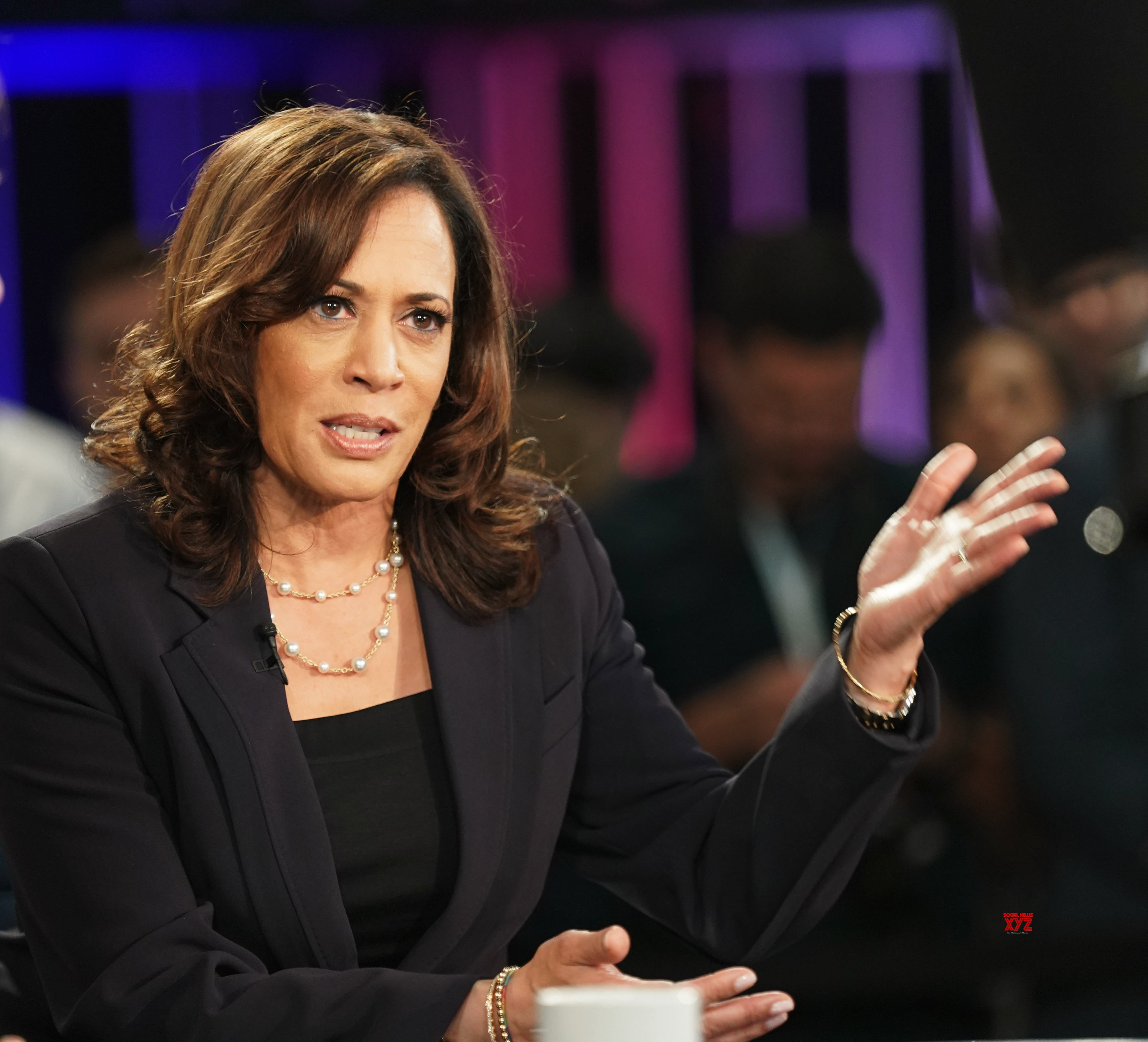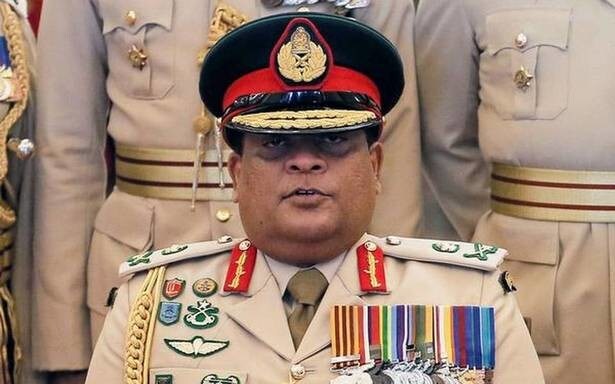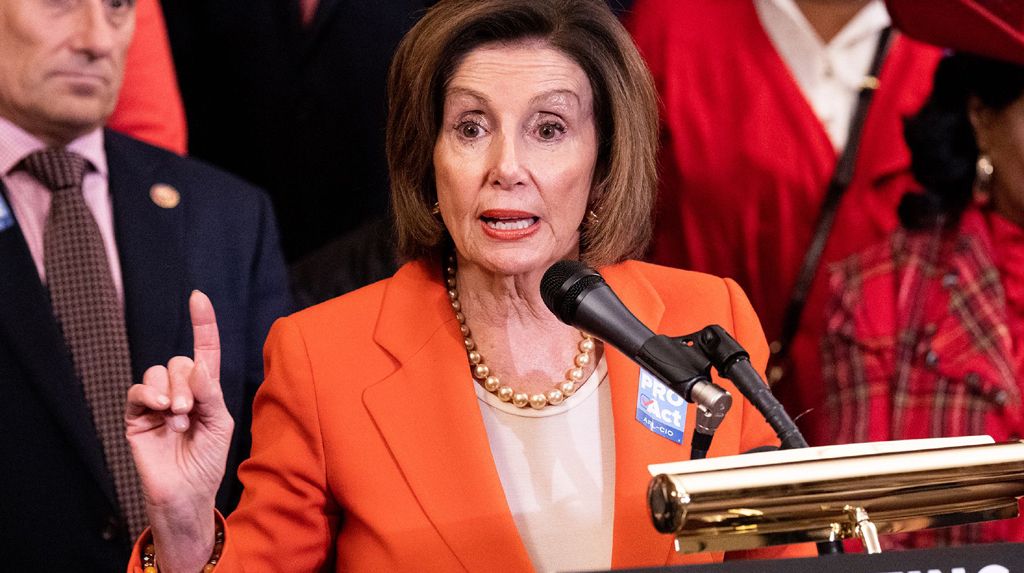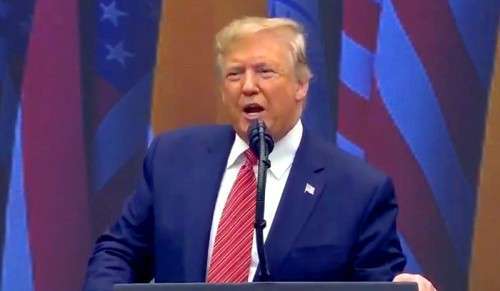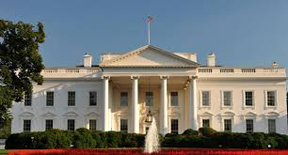 WASHINGTON: The US has said that few steps are still needed to be put in place to implement the landmark civil nuclear deal with India and there will be a meeting soon on the proposed insurance pool.
WASHINGTON: The US has said that few steps are still needed to be put in place to implement the landmark civil nuclear deal with India and there will be a meeting soon on the proposed insurance pool.
“A few steps still need to be put in place; for example, there will be a conference in the relative near term on how to build the insurance pool elements that will go into actually making this a reality,” Phil Reiner, senior director South Asia Affairs at the National Security Council of the White House, told reporters.
Describing the agreement between India and the US on creation of an insurance pool to cater to the concerns of the American nuclear power industry on nuclear liability as a “breakthrough”, the White House official said that with this there are no further roadblocks at the policy level.
“What you’re seeing with the breakthrough on civ-nuke is that at a policy level, there are no further impediments. It’s now for operationalisation. The governments don’t necessarily get involved in the decisions that companies make,” said Reiner, who traveled with President Barack Obama to India last month during which the breakthrough in the deal was reached.
“At this point, what we’ve done is we’ve removed the ambiguity that was preventing those companies from moving forward. There’s a few steps that still need to be put in place,” he reiterated.
“But it’s a massive breakthrough that’s held us up for years, that’s prevented us from being able to take those next steps. At a policy level, we’ve been able to push at the leader level to get past that,” Reiner added.
According to reports, India has proposed setting up an insurance pool with a liability cap of Rs 1500 crore, half of which will come from the government of India.
The state-run Nuclear Power Corporation of India would pay premiums to cover its liability. Suppliers would take out separate insurance against their secondary liability – which could not exceed that of the operator – at a “fraction” of the cost.
Significant work remains on the fine print of a 2008 deal aimed at unlocking projects worth tens of billions of dollars that have been stuck the drawing board for years.
India has 21 nuclear reactors with an installed capacity of 21,300 MW. It plans to launch construction of 40,000 MW of capacity in the next decade. Reiner also said that the US would be the “knowledge partner” of India in terms of defense studies.
“We’re going to have collaborative efforts between our defense universities. This is incredibly innovative in our partnership,” he said.
President Obama and Prime Minister Modi agreed to renew the 10-Year Defense Framework Agreement which sets into place the broad parameters of everything that India and the US does from military exercises to joint research and development, he said.
“It really codifies everything that we do on the defense front in order to put the framework in place so that they can continue to make progress,” he said.
“We’re going to expand on our joint exercises. There is an element in there that reflects the significant progress we’ve made under defense technology and trade,” he said.
Reiner said, “there’s a number of pieces of this that we’ve expanded into and codified through the framework in order to keep the defense relationship going forward over the next 10 years. Really what it does is it sets in place the ability to continue to make progress.”
Noting that the 10-Year Framework was an incredibly challenging agreement to put together, he said that it took an incredible amount of time and effort.
“This time around, that was not really the case. I think we see an incredible amount of commonality in terms of where we want to see things going in the defense space. So it was a much shorter process to be quick-handed,” he said.–PTI

